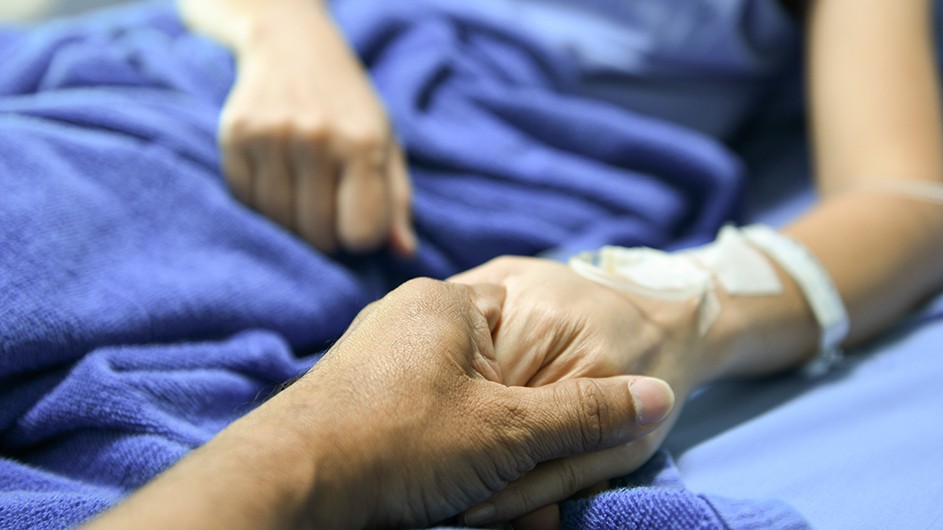“If this is what life is going to be like. I don’t want it,” my father said when he developed leukemia and was undergoing two months of aggressive chemotherapy at age 78. Always stoic and strong, he was now ashen and weak with severe, untreatable nausea.
His comments shocked me, showing me how intense, relentless pain and discomfort can reduce the quality of life to the point that it no longer seems worthwhile. I also saw how we cannot imagine that point until we are forced to experience it ourselves. He died a month later
On June 12, 2019, Maine became the ninth state to allow doctors by law to help terminally ill patients end their lives. Eighteen other states are considering the legislation and a Gallup poll found that 72 percent of Americans say they would want the choice.
Yet resistance remains. Critics fear that such rights will be abused, used to justify killing individuals who are disabled, mentally ill or vulnerable in other ways.
I, too, was wary of such legislation—until I witnessed my father’s situation. As a medical student, I had been trained to combat disease as much as I could for millennia doctors sought to first, do no harm. But seeing and understanding these issues from his perspective changed me.
Physician-aid-in-dying laws require certain safeguards. For instance, adults must be mentally capable have a prognosis of six months or less to live and request a medical prescription to hasten their death consistently over a period of time, after carefully considering the options. At least two physicians must interview the patient and review the request. The patient also must have palliative, or comfort care, available as an alternative.
Given these essential safeguards, so far no evidence suggests that this option has been abused. In fact, aid in dying has rarely been used. In Oregon, for instance, over the past 20 years only 1,459 patients, accounting for less than one half of 1% of all deaths, have chosen the option. The majority of those patients had severe cancer (77.9%) or amyotrophic lateral sclerosis, known as Lou Gehrig's disease (7.8%). More than 90% who decide to end their lives with assistance choose to die at home. Merely the existence of this choice – allowing people confronting terminal disease to die in a peaceful and humane manner, if they wish – even if not taken, can provide an important sense of control.
I will always miss my father and remain grateful to him for many lessons, including this one. Because he lived in New York, he did not have the choice of aid in dying. If he had, I don’t know if he would have taken it. But I believe that he should have had the right to at least make an informed decision for himself and not to have it made by others who oppose this option for everyone.

